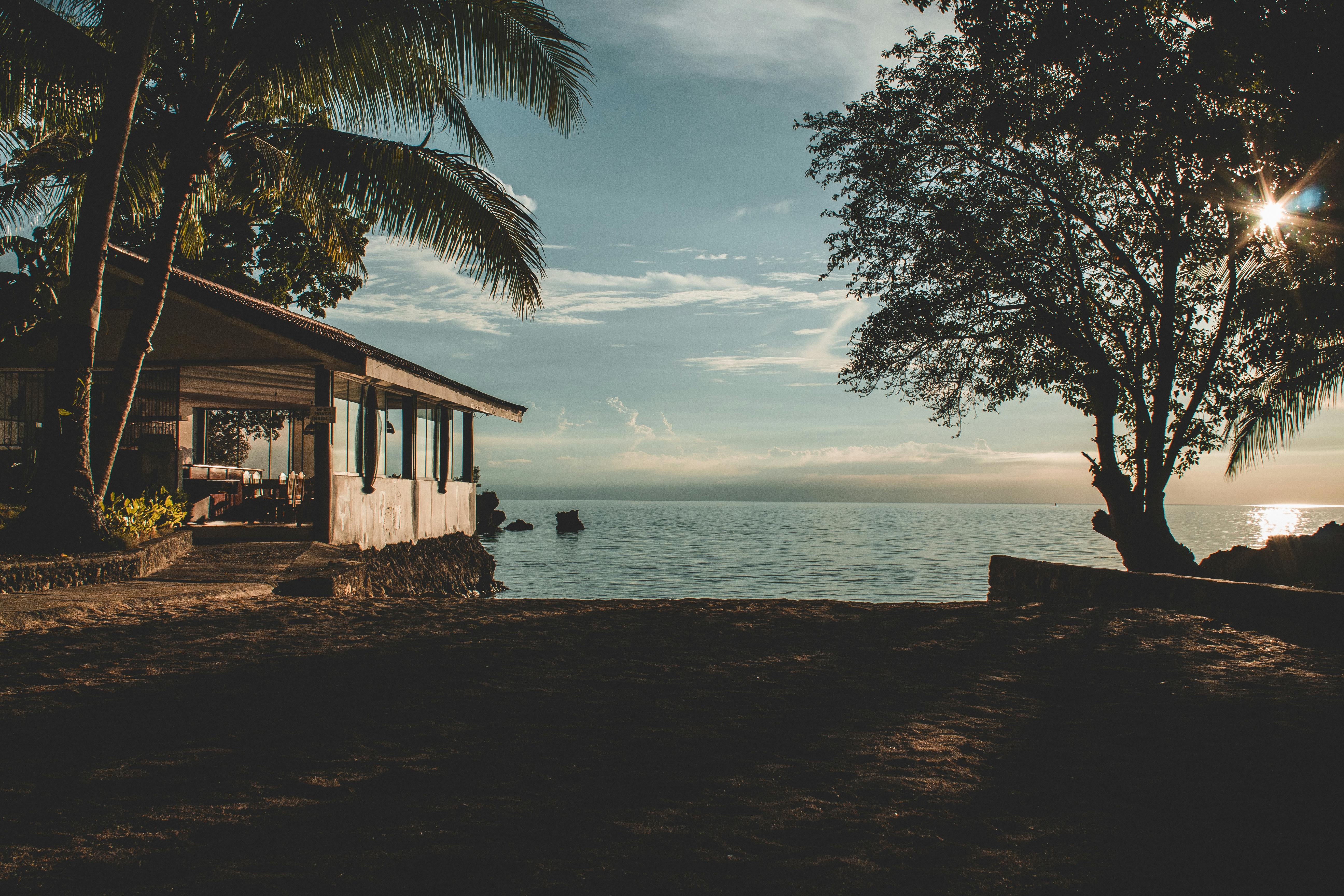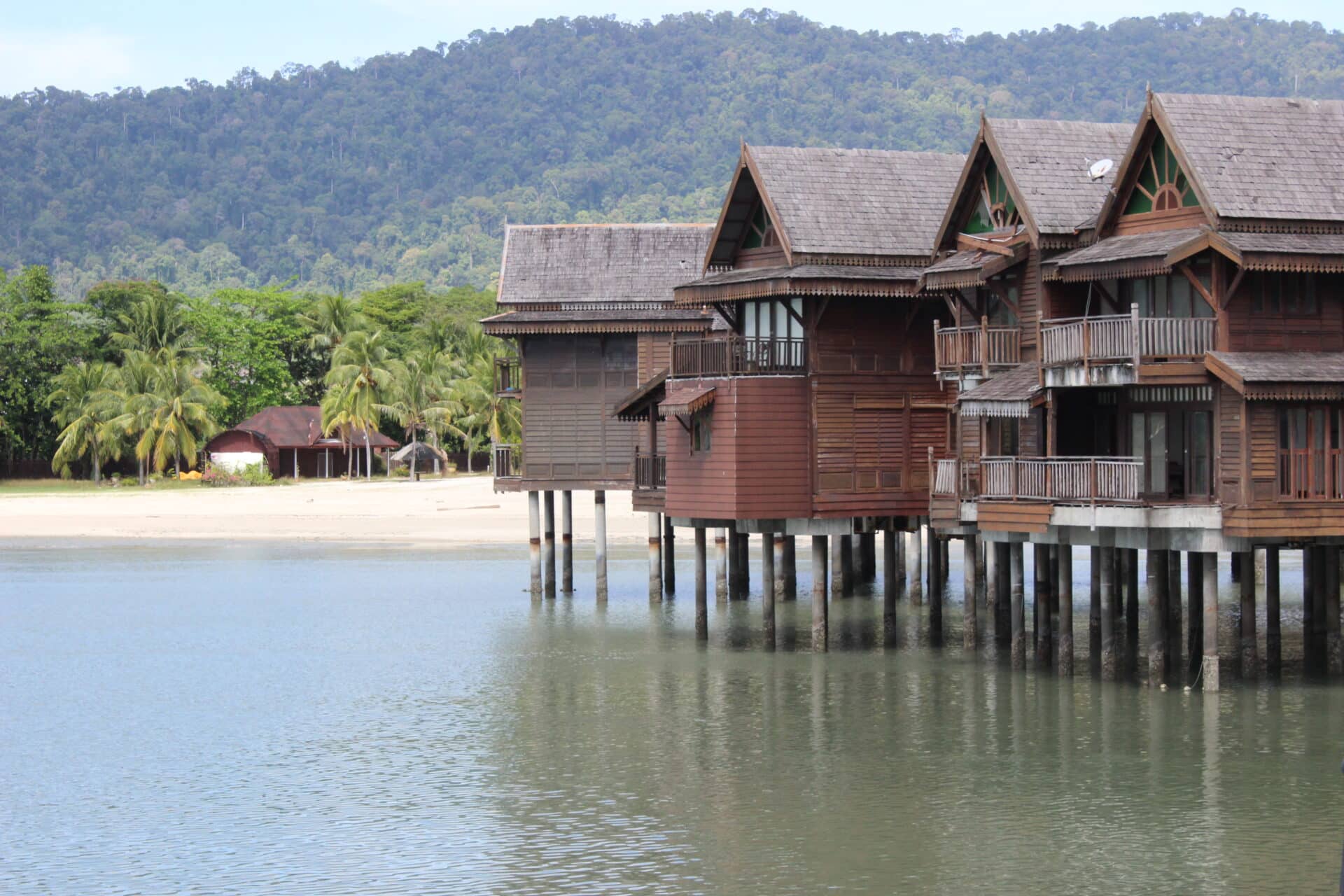Distilling water at home is a great way to increase the purity of the water and make sure it is safe for drinking. It involves boiling the water, collecting the resulting steam, and then condensing it back into liquid form. The process removes most contaminants, including bacteria and other microorganisms. Distilled water can be used for drinking and cooking, or for use in medical equipment. This article will discuss how to distill water at home using simple tools and equipment.Boiling water to distill is a process where impure water is heated to its boiling point, allowing the pure water to vaporize while leaving behind any unwanted dissolved solids. The vaporized water is then cooled and collected as distilled water. This process can be used to purify drinking water, reduce minerals in hard water, and make it safe for medical uses.
What is Distilled Water?
Distilled water is a type of purified water that has had both contaminants and minerals removed. It is created by boiling water and then condensing the steam back into liquid form. The process of distillation removes impurities such as bacteria, salts, and heavy metals. This makes it a safe choice for drinking, cooking, and many other uses. It is also commonly used in medical settings to avoid introducing contaminants to patients.
Distilled water has many advantages over regular tap or filtered water. The lack of minerals gives it a much longer shelf life than other types of water since it does not contain any organic material that can cause spoilage. In addition, the lack of contaminants makes it ideal for use in medical settings or for consumption by people with compromised immune systems. It can also be used for aquariums since the lack of minerals prevents algae growth.
The main disadvantage to distilled water is its taste, which can be described as flat or dull due to the absence of minerals. Some people may find the taste unpleasant but it can easily be masked by adding a small amount of flavored syrup or juice. Additionally, distilled
Making Distilled Water at Home
Distilled water is a great way to provide your body with the best possible hydration. If you’re looking for an alternative to buying bottled water, making distilled water at home is a great option. Distilling water is a process that removes impurities and minerals from natural sources like rivers, lakes and even tap water, giving you the purest form of H2O. Here are some of the benefits of making distilled water at home:
Freshness
Making distilled water at home ensures that your drinking water is as fresh as possible. Store-bought bottled water can become contaminated with bacteria or other impurities if it’s not stored properly or if it’s been sitting on a shelf for too long. By making your own distilled water, you can be sure that it’s clean and pure.
Cost Efficiency
It may seem expensive to buy the equipment needed to make distilled water, but in the long run it will actually save you money. If you buy bottled water
Necessary Equipment for Home Distillation
It is possible to distill liquor at home with the right equipment. The most crucial piece of equipment for distillation is a still. A still is essentially a heated chamber that vaporizes alcohol from a liquid mixture. Other essential pieces of equipment include a heat source, an airlock, and tubing for condensation. A heat source can be a stove or propane tank, depending on the size of your still. An airlock is necessary to keep the pressure in the still equalized, while tubing allows for condensation of the vaporized alcohol. Additionally, you will need thermometers, jugs or bottles to catch the distilled liquor, and measuring cups or beakers to measure out ingredients. With all of this equipment in place, you can begin distilling your own spirits at home.
It is also important to have access to quality ingredients when distilling liquor at home. You will need sugar, yeast, and water in order to create an alcoholic mixture that can be distilled into liquor. Furthermore, depending on what type of spirit you are looking to make, you may need additional ingredients such as various fruits or spices for
Gathering the Material
The first step in making distilled water at home is to gather all the necessary materials. You will need a pot, a heat-resistant glass bowl, some ice cubes, and a cup. The pot should be large enough for the bowl to fit inside, but not so large that it takes up too much space on your stovetop. You will also need some tap water. It is important to use filtered or distilled water, as this will produce a purer end product.
Setting Up Your Distiller
Once you have all of your materials ready, it is time to set up your distiller. Place the pot on the stove and fill it with enough water so that when the glass bowl is placed inside, the water comes up to just below its rim. Put some ice cubes into the bowl and then place it into the pot of water. The ice cubes will help to cool down the steam created by boiling the water in the pot.
Boiling and Condensing
Turn your stove on to its highest heat setting and wait

Safety Considerations for Home Distillation
Home distillation is a popular way to make alcoholic beverages, but it comes with its own set of safety considerations. Distillation involves boiling and condensing alcohol, which can create hazardous vapors and fumes. It is important to use caution when performing home distillation. Here are some safety tips to consider before you begin.
First and foremost, never use an open flame when distilling at home. This is extremely dangerous and could cause serious injury or even death if not done properly. Instead, use a closed-loop system that involves condensing alcohol vapors in a separate container and then collecting the liquid alcohol in a different container. This will minimize any risk of fire or explosion.
When using glass containers for your distillation process, be sure to check them for cracks or other damage before starting. Always wear protective gloves and goggles when handling glass containers to reduce the risk of cuts or other injuries from broken glass shards. Additionally, always keep the area around your setup well ventilated to reduce any potential exposure to hazardous fumes from the distilling process.
Finally,
Storing and Using Distilled Water at Home
Distilled water is a type of water that has been purified of any contaminants such as minerals, ions, or hazardous chemicals. It is often used in medical applications and for drinking water as it is free from impurities. Storing and using distilled water at home can be beneficial for a variety of reasons, such as providing clean drinking water or being used in appliances that require filtered water.
To store distilled water, it is best to use a container with a tightly sealed lid to ensure that the water stays pure. Plastic containers are generally preferred as they are less likely to leach chemicals into the water. The container should be kept in a cool, dark place away from direct sunlight and other sources of heat. The container should also be labeled with the date it was filled so you know how old the stored water is.
When using distilled water at home, it is important to take precautions and only use it in specific applications. Drinking distilled water on its own can be unhealthy due to its lack of essential minerals such as calcium and magnesium; therefore, if you plan on consuming distilled water regularly it should be
Advantages of Home Distillation
Home distillation is a great way to produce alcohol at home. It is relatively simple, cost-effective and produces a high quality product. It is also easy to adjust the strength of the alcohol produced, making it perfect for creating customised drinks. Home distillation allows you to experiment with different flavours, aromas and ingredients, giving you an unprecedented level of control over your beverage production. Additionally, it can save money compared to buying pre-made drinks from stores.
Disadvantages of Home Distillation
The main disadvantage of home distillation is that it is illegal in many countries and jurisdictions. Distilling alcohol at home without a licence can result in hefty fines or even jail time. Additionally, there are risks involved with producing alcohol at home that may lead to injury or illness if not done properly. Home distillation requires specialized equipment that can be expensive and difficult to use safely and effectively without experience in the field. Finally, since the quality and purity of the alcohol produced depends on the skill of the distiller, there is no guarantee that the final product will be safe for consumption

Conclusion
Distilling water at home is a great way to make sure that you are drinking clean and safe water. It is a simple and cost-effective process that can be done with minimal effort. The process of distilling water at home requires the use of boiling water, which will produce pure and safe drinking water. By using this method, you can ensure that your family is drinking clean and safe water for years to come.
Distillation is also an effective way to remove many contaminants from water, making it safer for drinking. The process of distillation removes particles, bacteria, viruses, chemicals and other impurities from the water. This makes it ideal for people who live in areas with contaminated or hard-to-reach sources of water.
In conclusion, distilling your own drinking water at home is a great way to make sure that you are getting pure and safe drinking water. It is easy to do, cost-effective and removes most contaminants from the water. This makes it a great option for anyone looking to ensure they have access to clean and safe drinking water for years to come.

